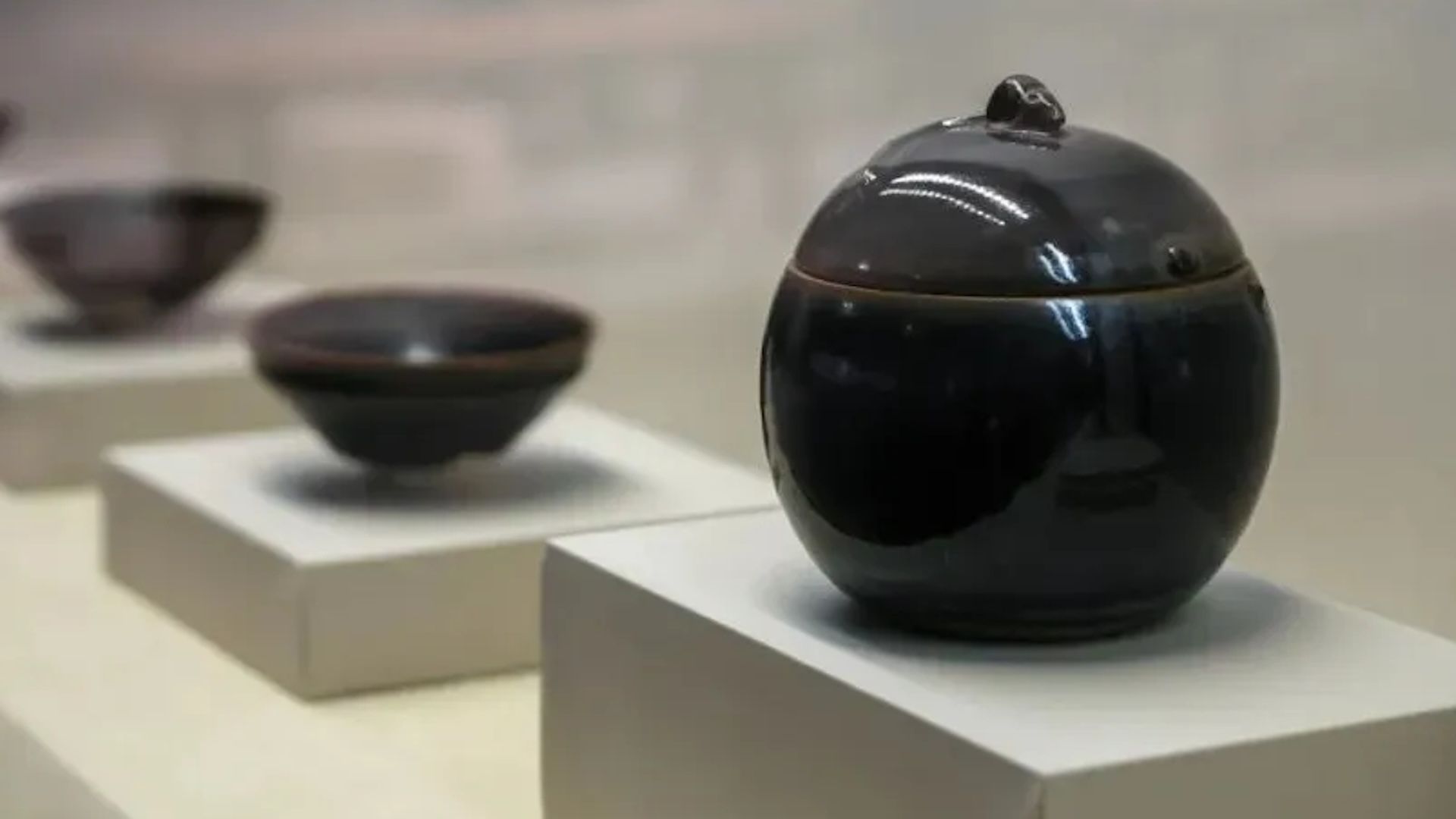
Jian ware is a type of porcelain renowned for its natural flowing glaze patterns. This style of pottery was especially popular during the Song Dynasty (960 – 1279). Most notable is the black glaze variety, which was ideal for serving tea.
The National Museum of China has opened the exhibition “Jian Kiln Culture and Jian Pottery in China,” open to the public, showcasing the rich heritage forged from the union of earth and fire.
Jian ware: a distinctive piece of the Song Dynasty
Jian ware, also known as Jian Zhan (建盏), is a type of porcelain that has its origins in the Jianyang kilns in Fujian Province, China, during the Song Dynasty (960–1279). This technique became famous for its glaze and crystallization patterns. It has been highly appreciated for its aesthetic beauty and utility, especially in the tea ceremony.
Getting to know Wuzhen: China’s ancient water town
The most distinctive feature is its black or dark brown glaze, which is achieved by applying an iron slip before firing. The high concentration of iron in the clay and glaze is key to its coloration.
During firing, very original patterns are formed on the surface of the glaze, known as “oil crystals” (油滴) or “hare hair” (兔毫), due to crystallization and chemical reaction in the kiln. These patterns can vary, ranging from silver and gold drops to fine, elegant lines.
Jian ware is heavy and has a coarse texture, which contrasts with the delicacy of other Chinese porcelains of the same period.
This type of pottery was especially valued for its ability to bring out the nuances of powdered tea, a popular practice during the Song Dynasty. Its dark color and ability to retain heat made it ideal for this beverage.
In addition to its practical function, the natural patterns and luster of the glaze made Jian ware highly prized as a decorative object.
Source: https://reporteasia.com/cultura/educacion/2024/07/07/ceramica-jian-elegancia-esmaltes-naturales-dinastia-song/

